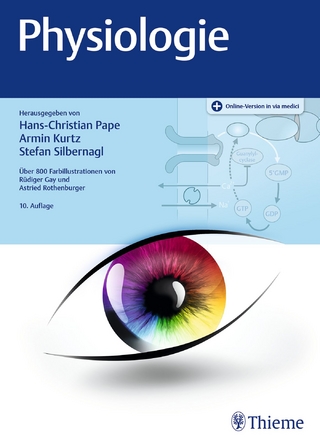
Vascular Dynamics
Kluwer Academic/Plenum Publishers (Verlag)
978-0-306-43210-1 (ISBN)
- Titel ist leider vergriffen;
keine Neuauflage - Artikel merken
The function of the vascular system is to transport oxygen and nutrients to the cells and to remove carbon dioxide and metabolites. It also transports hormones and locally produced neurohumoral substances which, in part, regulate its own function. These interrelationships are essential to homeostasis. The vascular system is not an assembly of simple (elastic) tubes but a dynamic system with many external and intrinsic regulatory mechanisms. The endothelium plays a major role in the intrinsic regulation of the system. The system is also often subject to disease processes of which atherosclerosis is the most important. As a result of atherosclerosis, and other disease processes, replacement of vessels with prosthetic devices may be required to reestablish adequate tissue blood flow. It is therefore imperative to gain insight into the details of vascular function, especially the dynamics, and the endothelium, the processes of atherosclerosis development, the vascular prosthetic possibilities and, last but not least, the interrelationships between these sub-specialties.
Keynote Address.- Section I: Conduit and Resistive Vessel Dynamics.- 1 Arterial Compliance-Physiological Viewpoint.- 2 Neuro Humoral Control.- 3 Compliance And Aging.- 4 Pulse Propagation in the Systemic Arterial Tree.- 5 Reduced Models of the Systemic Arterial Circulation.- 6 Peripheral Vascular Compliance.- 7 Small Vessel Compliance May Explain Peripheral Pressure-Flow Relations.- 8 Pressure, Flow and Vessel Wall Stress Distribution in the Entrance Region of an Artery: A Mathematical Model Study.- Section II: Endothelium and Isolated Vessels.- 9 Compliance of Isolated Resistance Vessels from Spontaneously Hypertensive Rats.- 10 Endothelial Cell-Basement Membrane Interactions.- 11 Endothelium in Hemostasis and Thrombosis.- 12 Role of Endothelial Cells in the Control of Vascular Tone.- 13 Endothelium Influenced Vasomotion: Models and Measurements.- Section III: Atherogenesis.- 14 Shear Stress in Atherogenesis.- 15 Vessel Wall Compliance and Transient Fluid Movement.- 16 Mass Transport Processes in Atherosclerosis.- 17 Vascular Tissue Response to Experimentally Altered Local Blood Flow Conditions.- 18 Monocytes and Susceptibility to Atherosclerosis.- Section IV: Vascular Prostheses.- 19 Hemodynamic Models in Vascular Grafting.- 20 Clinical Importance of the Compliant Conduit.- 21 Stress-Strain Characteristics of Vascular Prostheses: Is There a Relationship to Healing and Graft Patency?.- 22 Vascular Graft Materials and Their Structure.- 23 Vascular Surgery.- 24 Biological Regeneration in Vascular Grafts.
| Reihe/Serie | Nato ASI Subseries A: ; 166 |
|---|---|
| Zusatzinfo | 104 Illustrations, black and white; IX, 320 p. 104 illus. |
| Verlagsort | New York |
| Sprache | englisch |
| Gewicht | 780 g |
| Themenwelt | Studium ► 1. Studienabschnitt (Vorklinik) ► Physiologie |
| Naturwissenschaften ► Biologie ► Humanbiologie | |
| ISBN-10 | 0-306-43210-2 / 0306432102 |
| ISBN-13 | 978-0-306-43210-1 / 9780306432101 |
| Zustand | Neuware |
| Haben Sie eine Frage zum Produkt? |
aus dem Bereich


